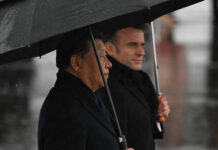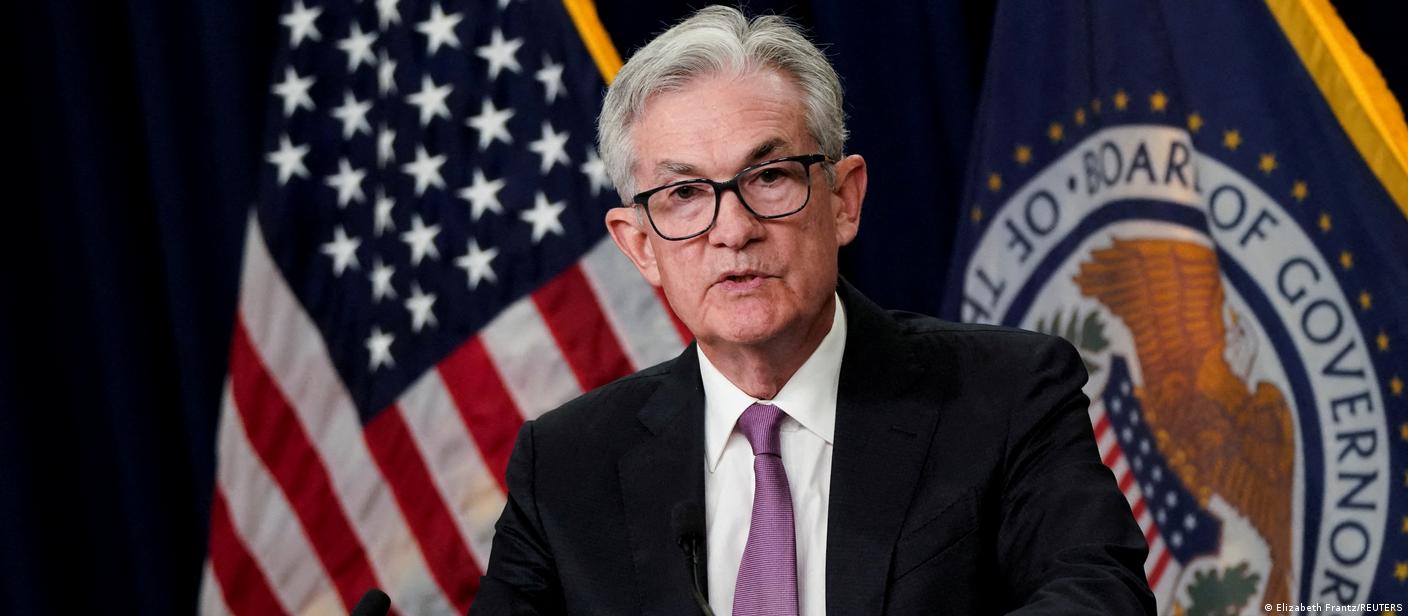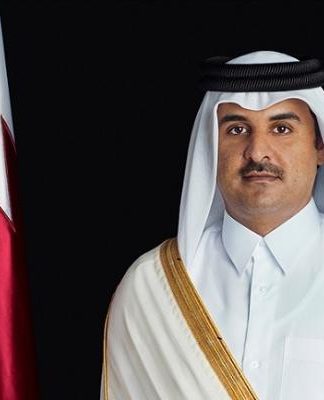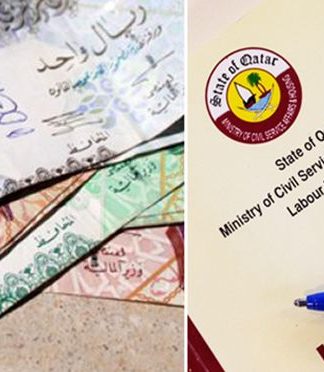BUSINESSUNITED STATES OF AMERICA
US Fed raises interest rate by 0.5%, slightly dipping pace
12/14/2022December 14, 2022
The raise is more modest than the previous 0.75% consecutive increases, which comes as inflation starts to slow in the US. The move comes hours ahead of expected similar decisions in Europe and the UK.
https://p.dw.com/p/4Kwik
The US Federal Reserve on Wednesday raised interest rates by half a percentage point in its last review for the year, a less radical hike than the previous four consecutive ones of 0.75%.
The US base interest rate, the level the central bank charges commercial lenders for borrowing money, now stands at between 4.25% and 4.5%. These rates are far lower than the rates ordinary people tend to pay on their mortgages or loans, and slightly lower than the rates they recoup on savings, but they have a decisive impact on the interest payments of ordinary people all the same.
The move is seen as a sign that the US economy is recovering from this year’s inflationary pressure. Analysts are hopeful it could mean that central banks worldwide might stop raising interest rates in early 2023.
But the Fed also said it would be prepared to increase rates again should risks emerge “that could impede the attainment of the Committee’s goals.”
What do the latest US figures say?
A US government report showed on Tuesday that inflation in November was slower than initially projected.
November inflation stood at 7.1%, which is down from 7.7% in October and the whopping 9% recorded during the summer.
The Fed had repeatedly signalled it would would slow its interest rate hikes as inflation started to drop toward its targeted level of 2%.
“The inflation data in October and November show a welcome reduction,” Federal Reserve Chair Jerome Powell said at a news conference. “But it will take substantially more evidence to give confidence that inflation is on a sustained downward path.”
People shop at a supermarket in Santa Monica, California, on September 13, 2022People shop at a supermarket in Santa Monica, California, on September 13, 2022
US government figures show inflation has slowed in November compared to previous monthsImage: Apu Gomes/AFP/Getty Images
The Fed has now raised rates at its last seven meetings, the most aggressive pace of monetary policy tightening since the 1980s.
Though the half a percentage point is double the usual move, it still marks an improvement from the previously adopted three-quarter percentage point hikes.
These interest rate rises follow an unprecedented period of around 15 years, starting around the financial crash of 2008, where rates in most developed economies were lower than they had ever been in history.
How does this affect global economies?
The Federal Reserve’s decisions are widely anticipated worldwide, as they influence other central banks worldwide.
While the European Central Bank is scheduled to hold its last review for the year on Thursday, the bank has been significantly more reluctant to raise interest rates throughout the year.
The ECB waited until July to raise its rates at all, and has only done so three times this year. Benchmark borrowing rates in the Eurozone are between 2.0 and 2.25, far lower than in the US.
Meanwhile, inflation in the eurozone is higher and not yet showing the first signs of abating demonstrated in the US.
The year 2022 brought unusual turbulence to the global economy, as two years of a global pandemic which prompted major lockdowns was closely followed by Russia’s war on Ukraine. The impacts on energy and food prices, in particular, have contributed to unusually high inflation around most of the world.
Who can afford the soaring gas prices?
03:11
rmt/msh (AP, Reuters)






























